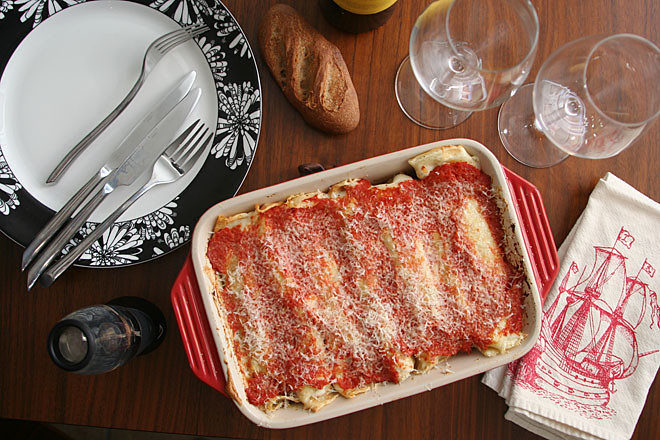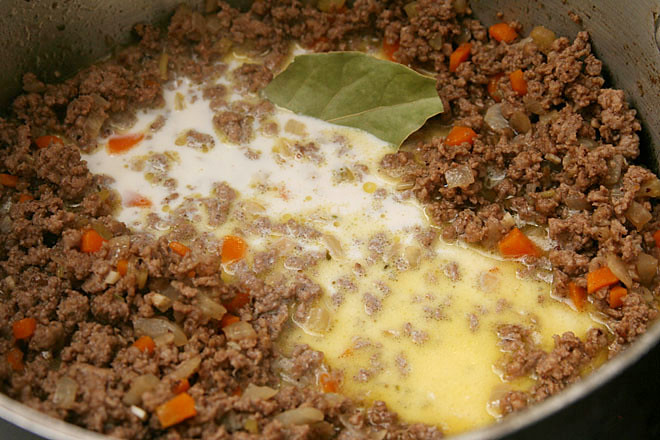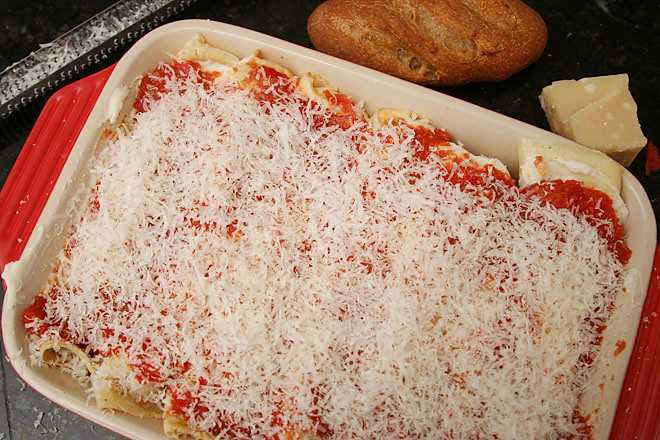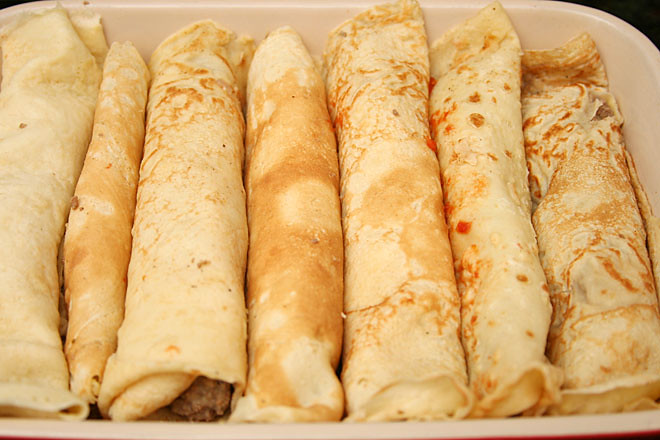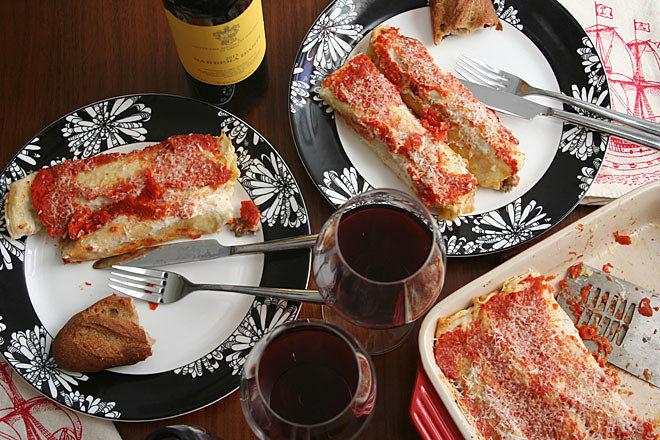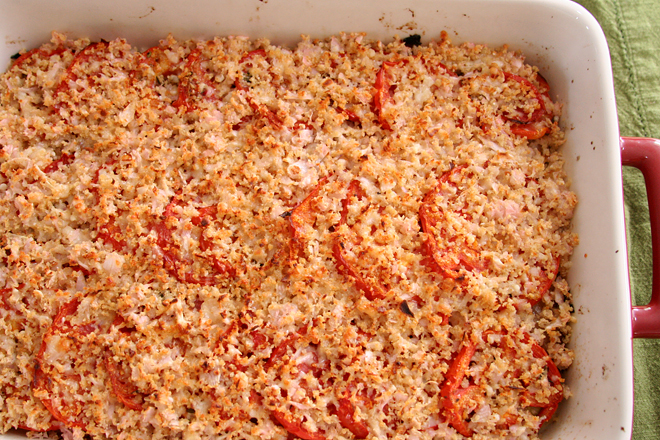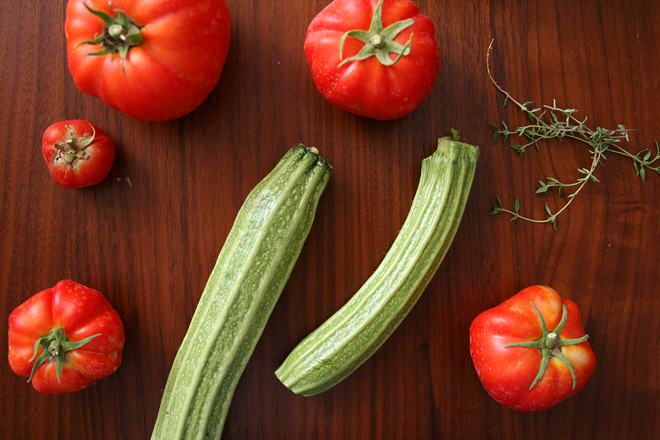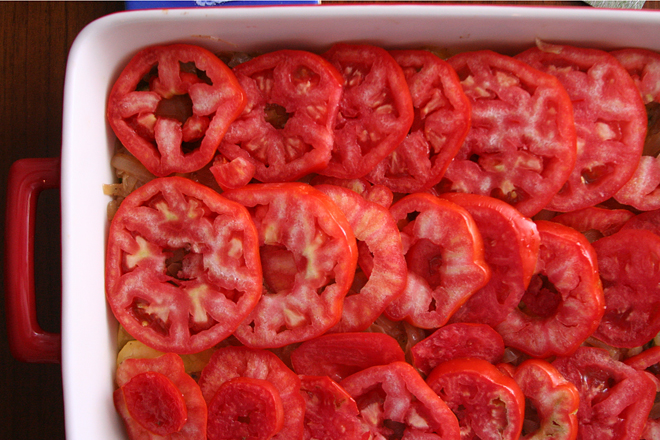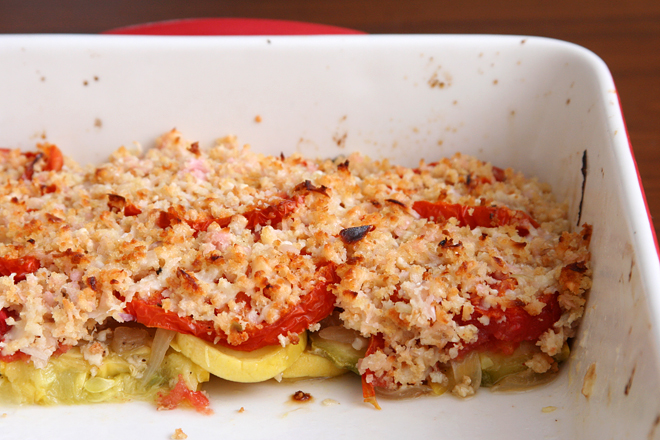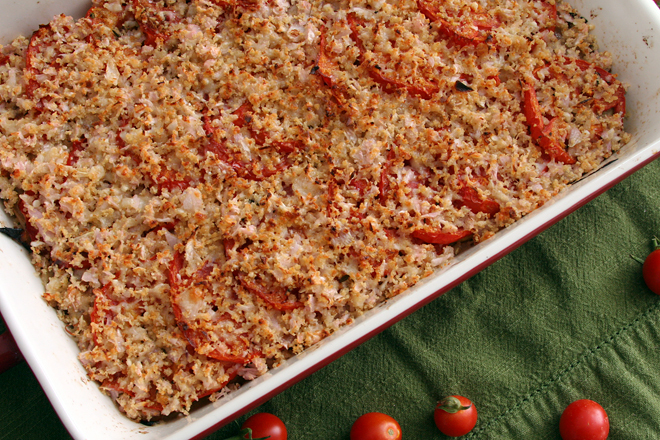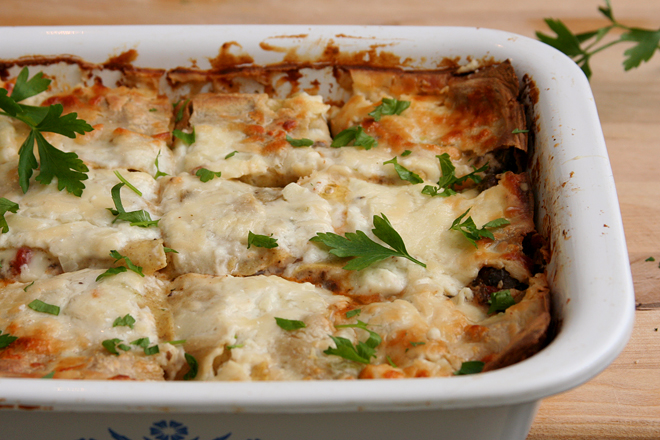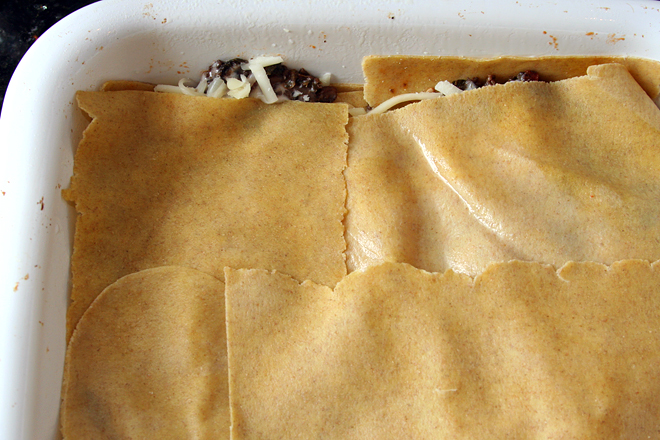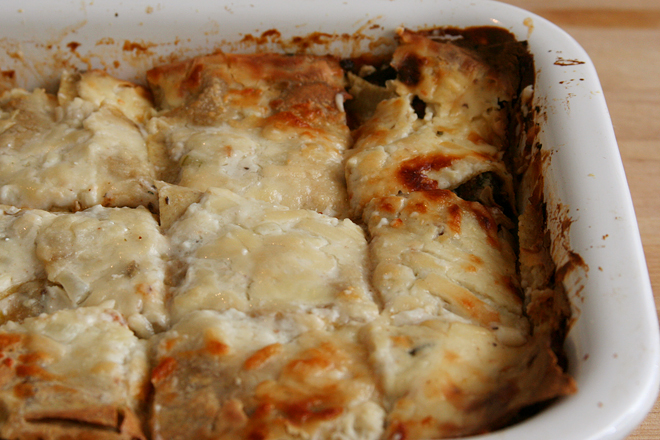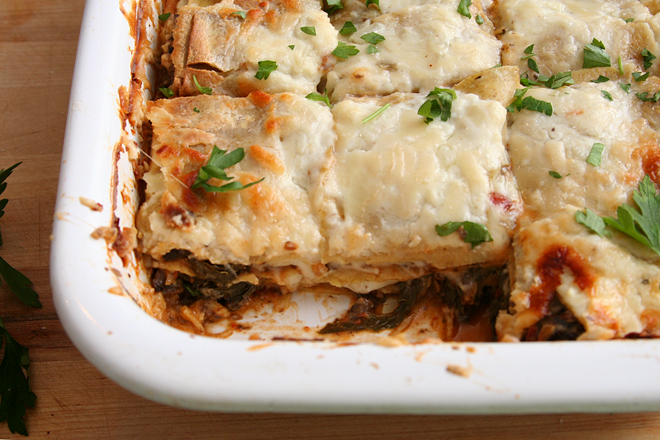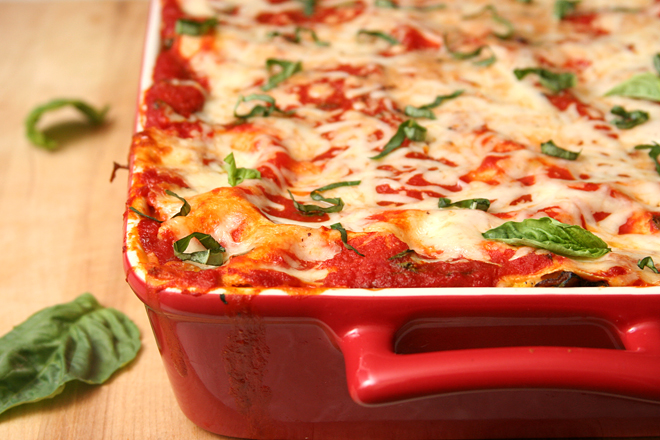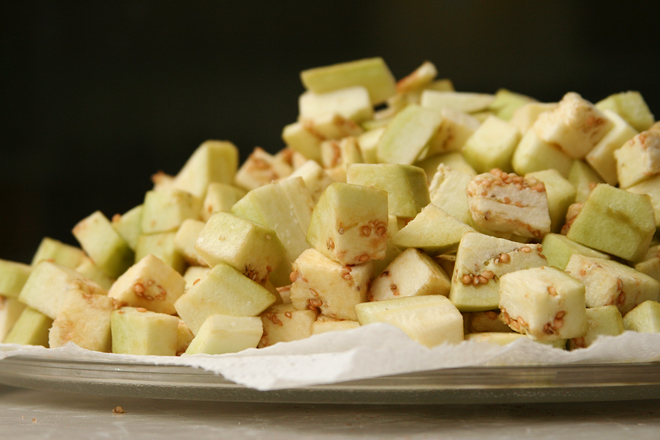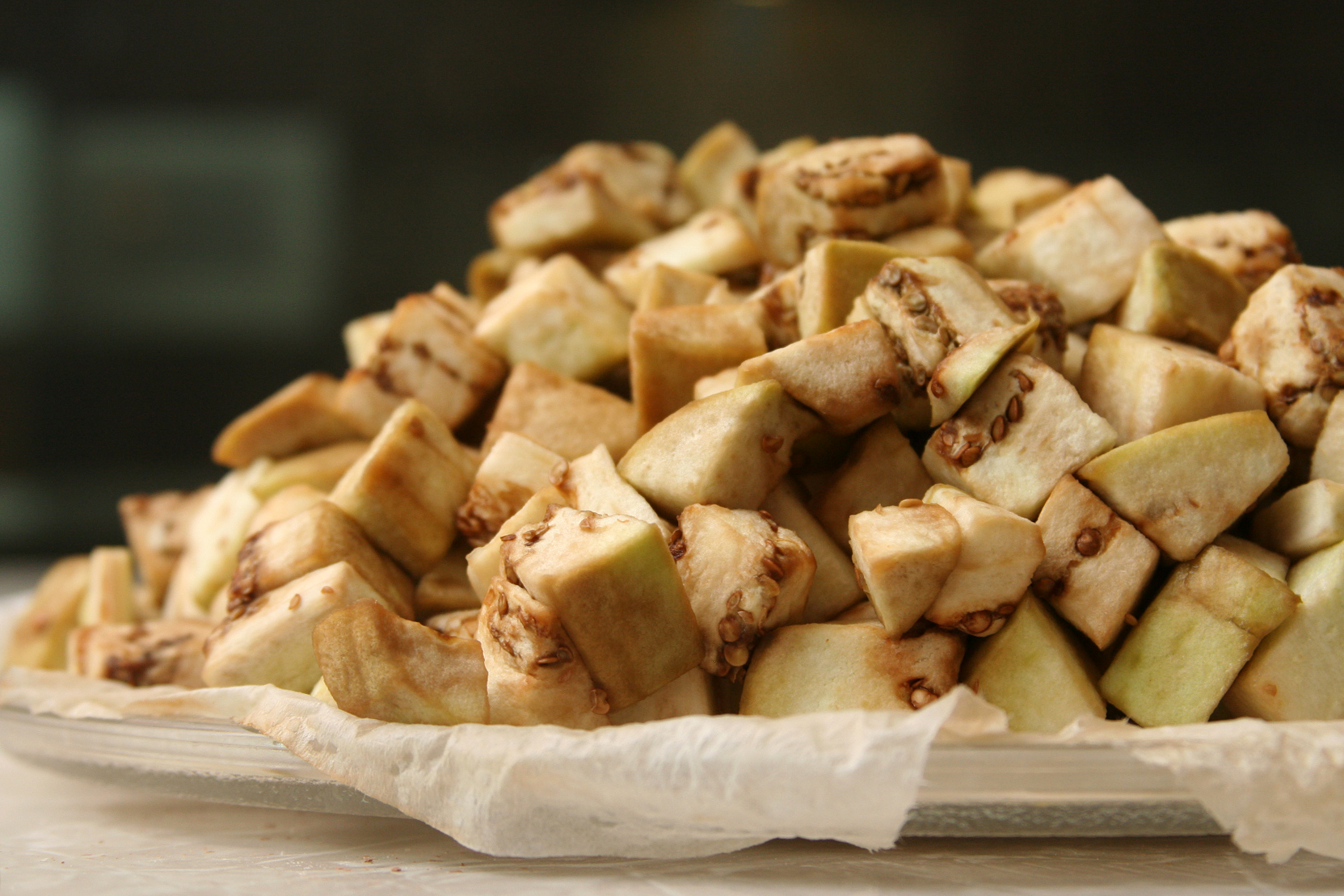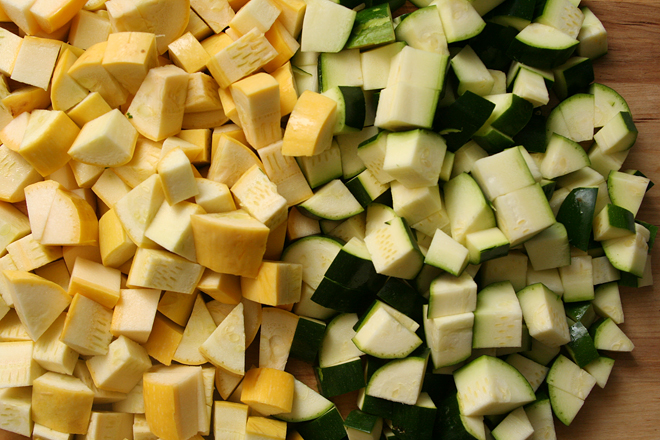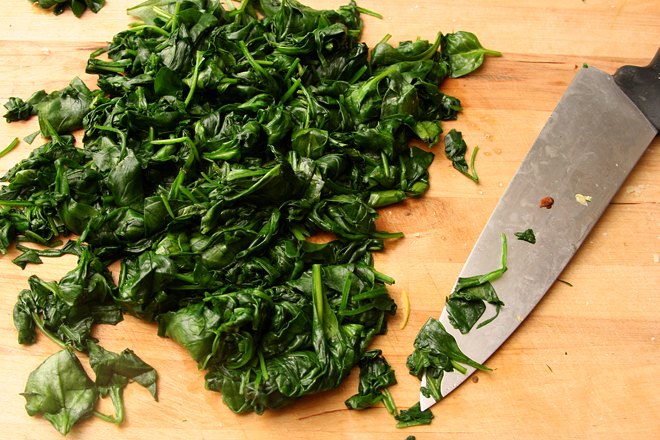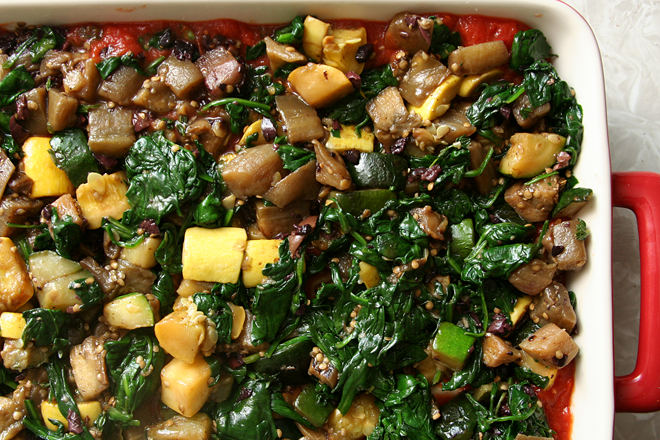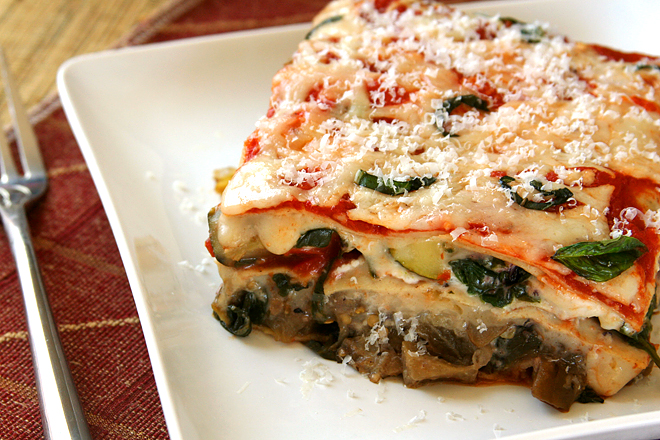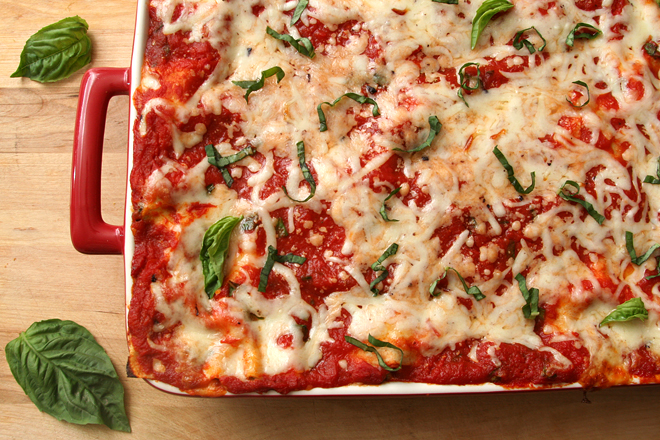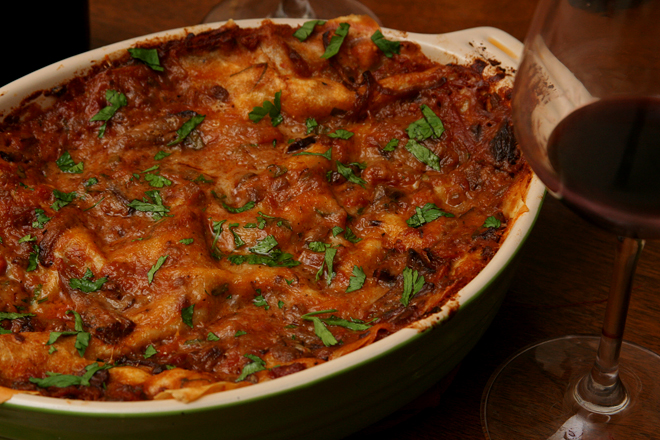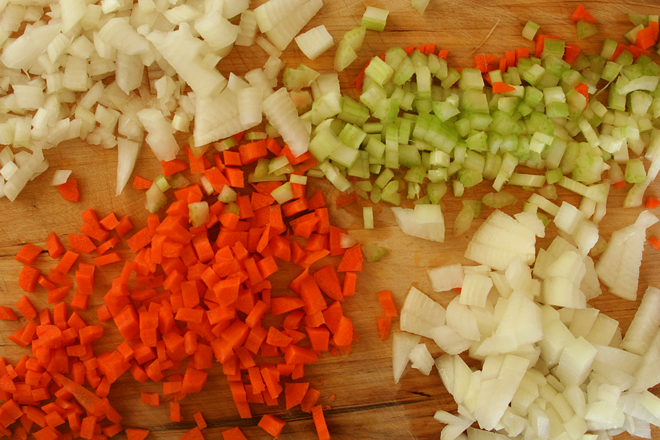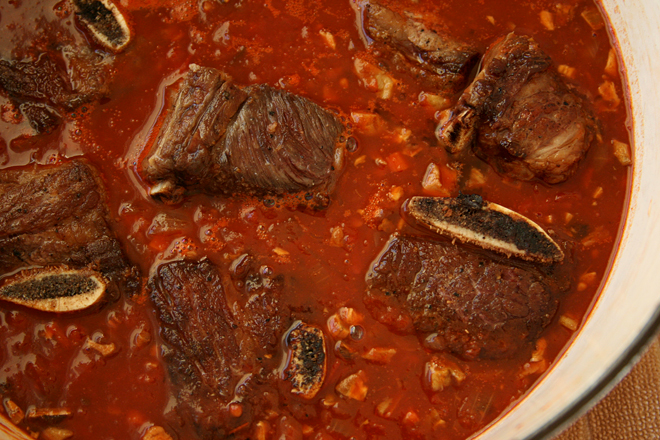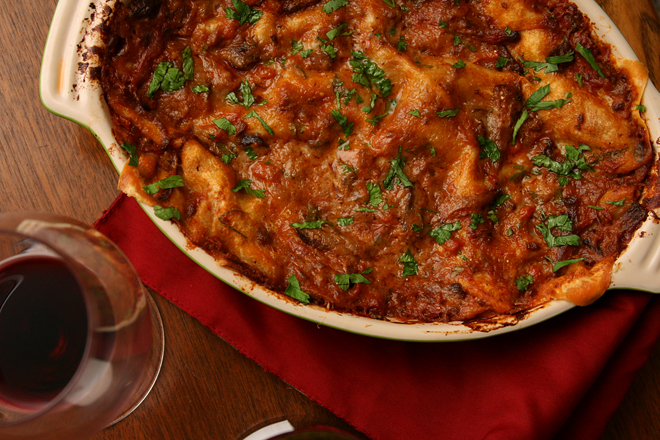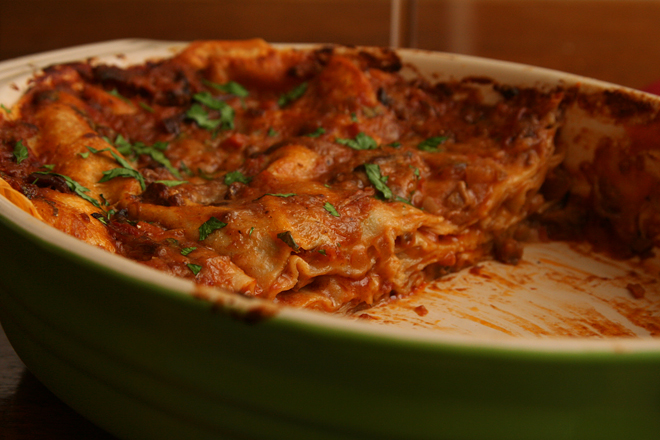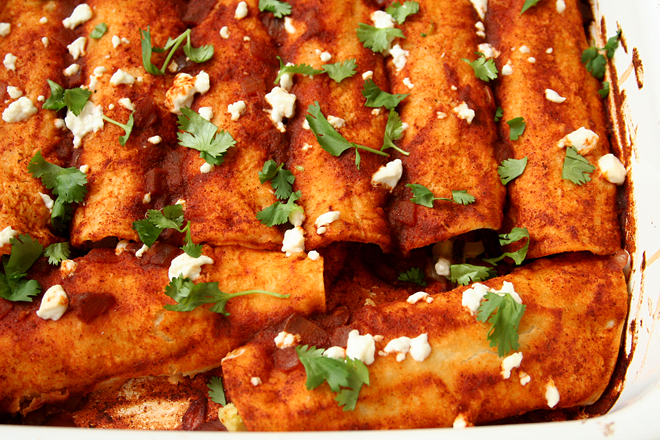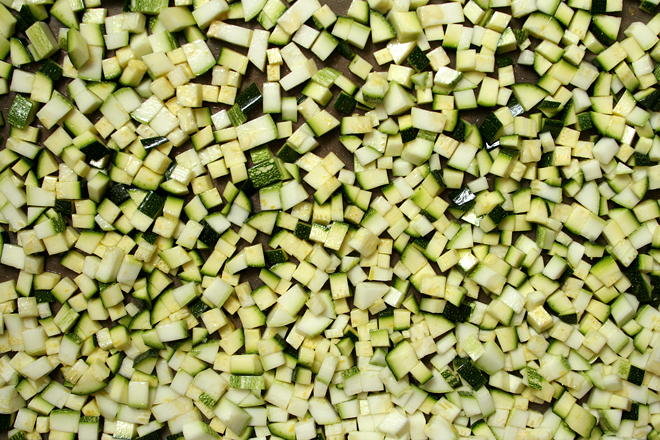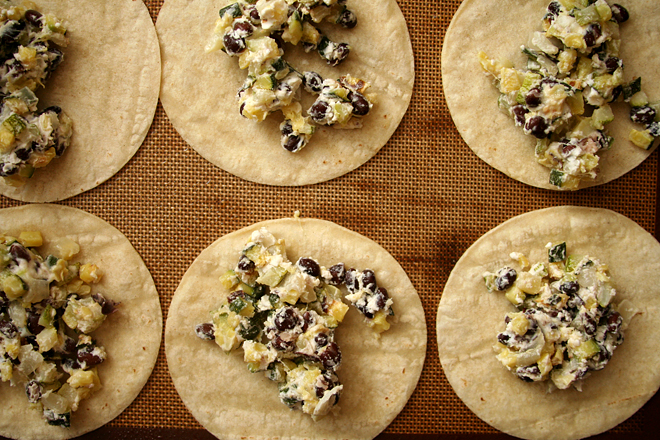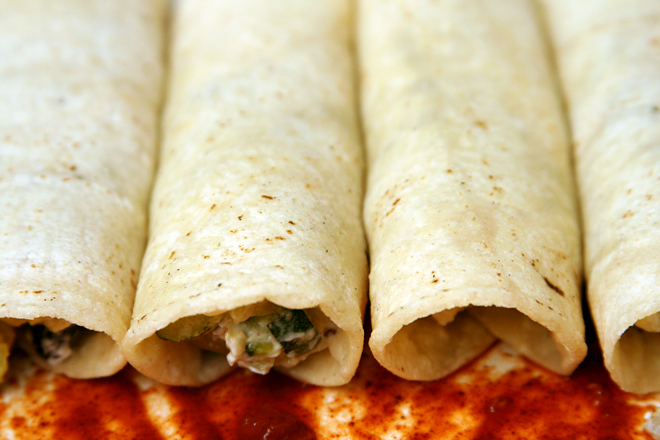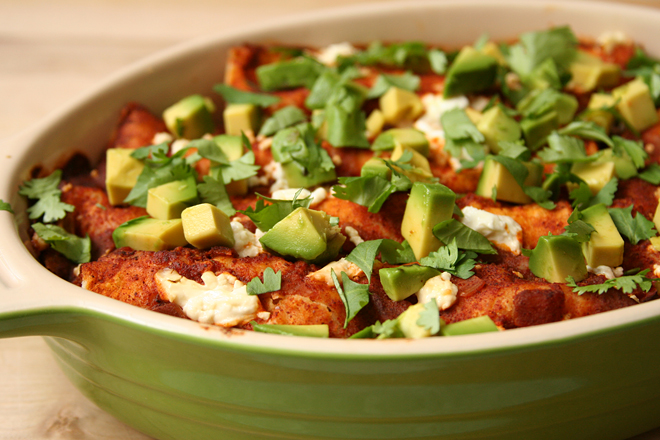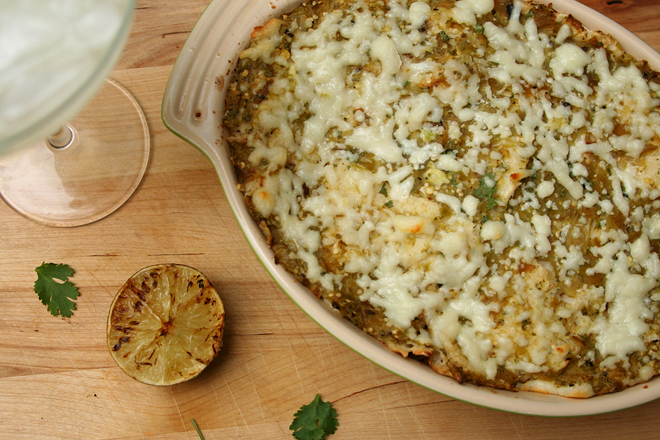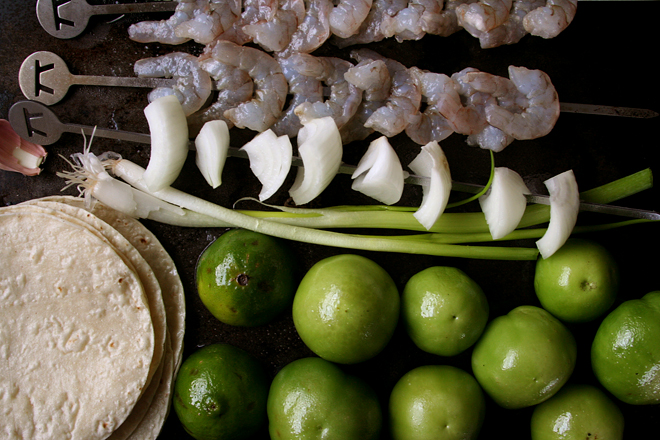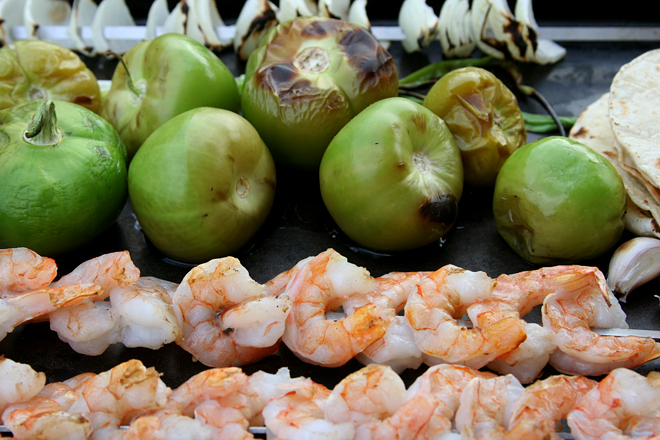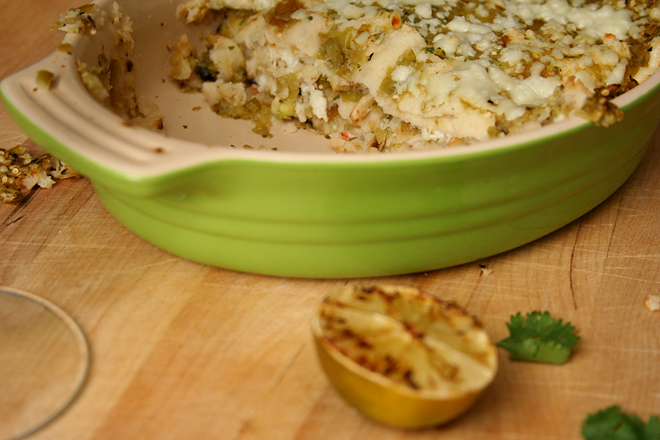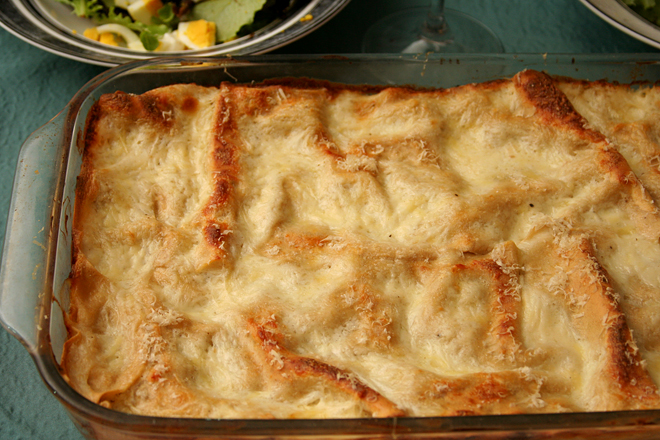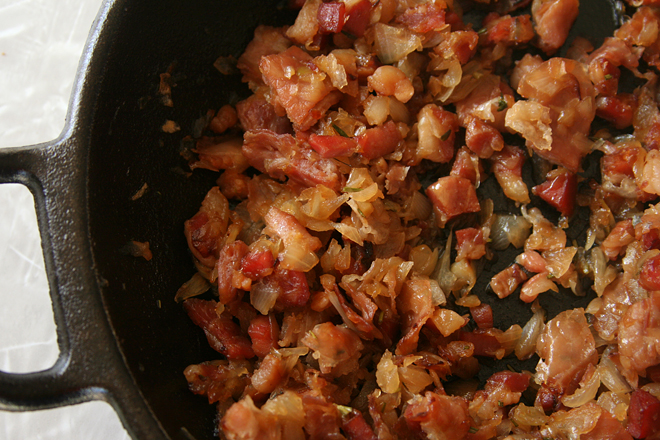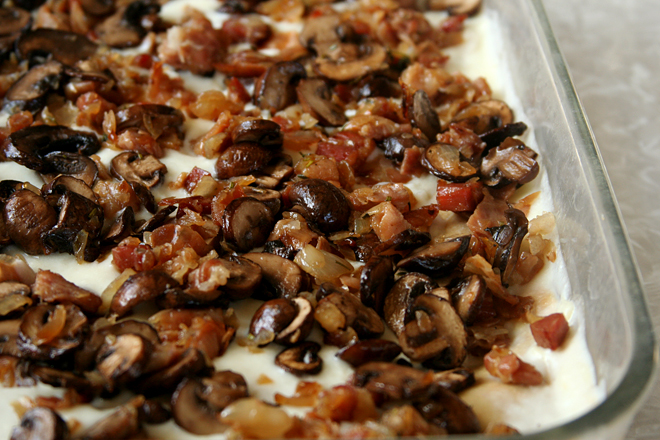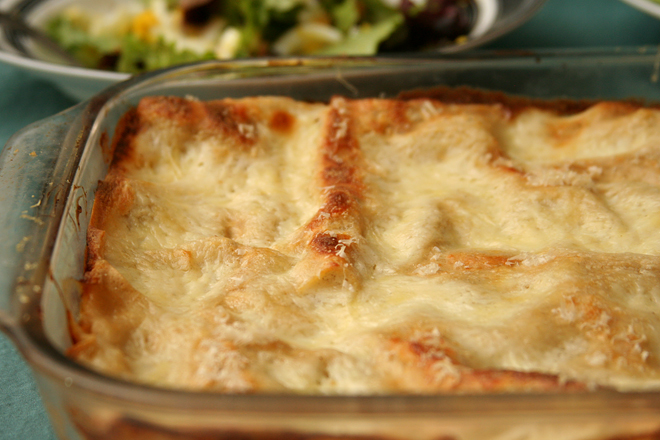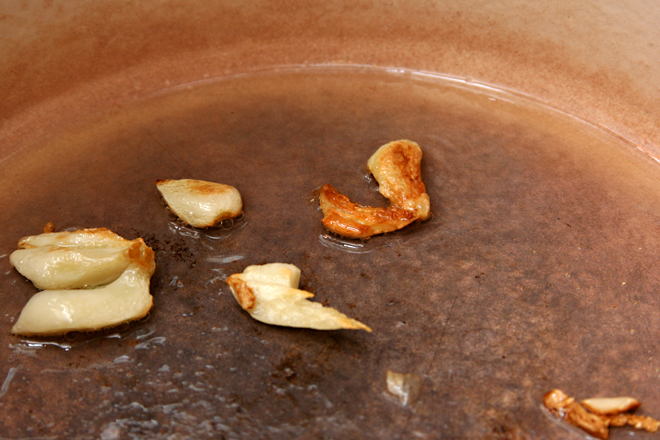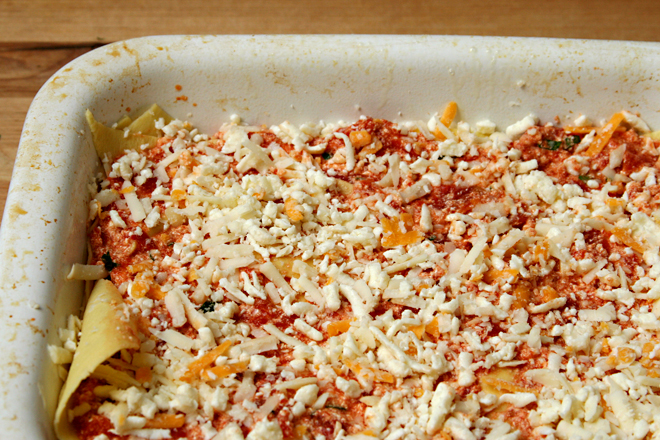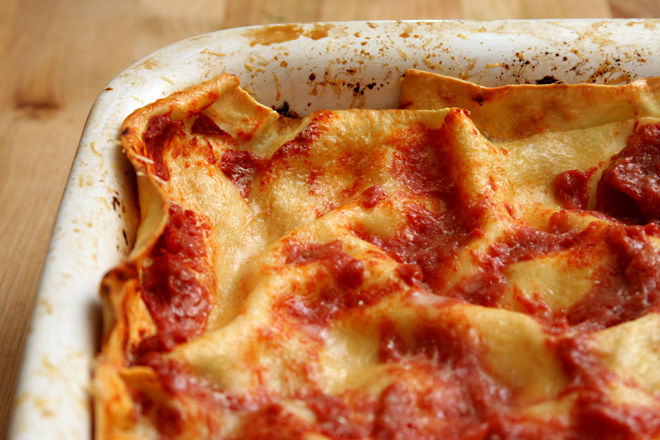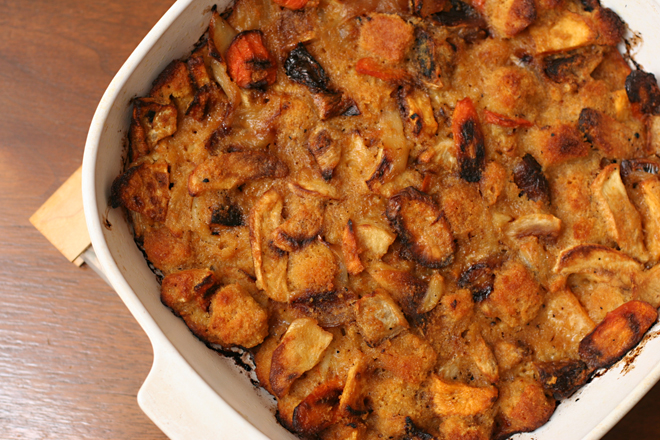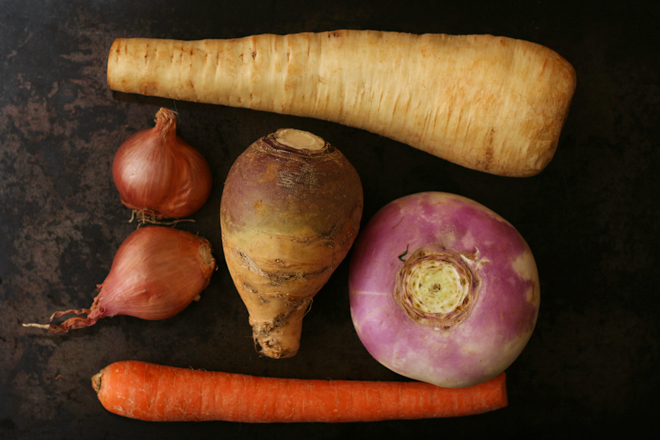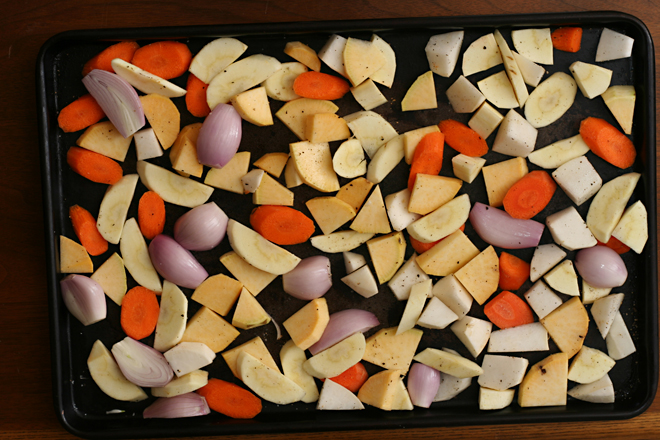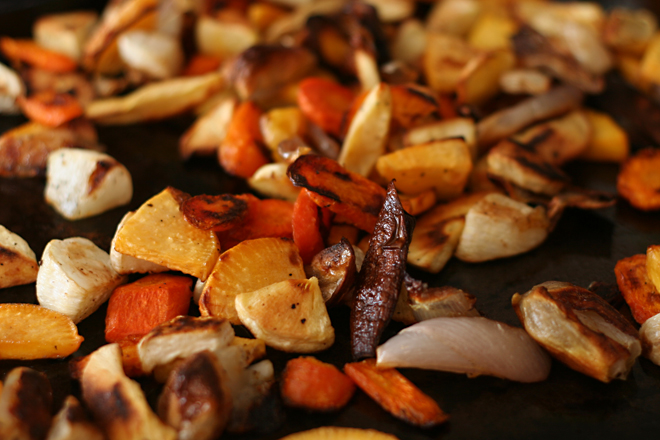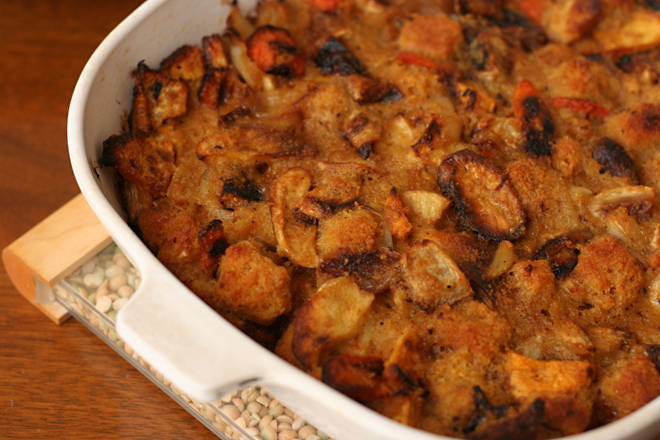As we adjust to life with a toddler, I’m finding myself tending toward simpler meals, not weekend projects. Which is to say, I made these manicotti months ago, when that toddler was a baby who couldn’t move and therefore didn’t follow me around in the kitchen emptying all the cabinets. It’s too bad for her, because she’d love these.
Instead of stuffing a meatball-like mixture into a pasta tube, these are crepes filled with a meat sauce mixed with thick bechamel. It’s rich and creamy, holding its shape without being dry or chewy. There’s no mozzarella, but between the bechamel and the crepes, there’s plenty of dairy. A generous grating of flavorful parmesan tops the dish.
As delicious as these were, I do think they’d benefit from more sauce, which I’ve indicated in the recipe below. I’d also put all of the bechamel inside the crepes instead of leaving a portion for spreading between the stuffed crepes and the tomato sauce. For better or worse, it’ll be a while before I get a chance to make these again with those changes. In the meantime, I’ll be putting all my storage containers back in the cabinets.
Printer Friendly Recipe
Crepe Manicotti with Ragu and Bechamel (adapted from Serious Eats)
I don’t remember what meat I used for this, but I’m sure it wasn’t the veal recommended in the original recipe. It was probably pure beef.
For the Ragù:
2 tablespoons extra-virgin olive oil
1 large onion, diced fine
1 medium carrot, diced fine
4 cloves garlic, minced
2 pounds ground beef, divided
Kosher salt and freshly ground black pepper
1 cup dry white wine
1 cup whole milk
1 bay leaf
2 fresh rosemary sprigs
For the Crepes:
2 cups (10 ounces) all-purpose flour
4 large eggs
2½ cups whole milk
salt
2 tablespoons unsalted butter, melted
For the Béchamel:
4 tablespoons unsalted butter
4 tablespoons all-purpose flour
2 cups whole milk
Kosher salt and freshly ground black pepper
Pinch freshly grated nutmeg
To Assemble:
3 cups tomato sauce
parmesan cheese
1. For the ragu: In a large Dutch oven over medium heat, heat the olive oil. Add the onions and carrots; cook, stirring occasionally, until softened but not browned, about 6 minutes. Add the garlic; cook, stirring constantly, until fragrant, about 1 minute. Add half of the ground beef and ½ teaspoon salt; cook, stirring frequently to break the meat into small pieces, until well browned, 8 to 10 minutes. Add the remaining meat; stirring to break up the meat, cook just until no longer pink, about 5 minutes. Add the wine; simmer until the wine is syrupy, about 5 minutes. Add the milk, bay leaf, and rosemary; bring the liquid to a simmer, then reduce the heat and simmer, stirring occasionally, until the ragu is thick and the meat is tender, about 30 minutes. Discard the bay leaf and rosemary. If necessary, season with additional salt and pepper.
2. For the crepes: Add the flour, egg, milk, and ¼ teaspoon salt to a blender canister; blend until smooth. Heat a 9-inch nonstick skillet over medium heat. Brush the pan with a thin layer of melted butter. Pour about ¼ cup of batter into the pan; swirl to evenly coat the bottom of the pan. Cook until the top looks dry, about 1 minute. Flip the crepe and continue to cook until the second side is dry, about 30 seconds. Transfer to a plate. Repeat with the remaining batter, brushing the pan with butter each time, stacking the cooked crepes on a plate.
3. For the bechamel: In a medium saucepan over medium heat, melt the butter. When the foaming subsides, add the flour and cook, stirring constantly, for 1 minute. Whisking constantly, slowly add the milk. Increase the heat to medium-high and bring to a simmer, whisking constantly. When the mixture simmers, reduce the heat to medium-low, add the salt, pepper, and nutmeg, and simmer 5 minutes. Combine with the meat sauce.
4. To assemble: Cover the bottom a 9-by-13-inch baking dish with 1 cup of tomato sauce. Divide the meat mixture evenly between the crepes; roll the crepes and place seam-side down over the sauce in the pan. Spread the remaining tomato sauce evenly over the manicotti. Top with a generous layer of grated parmesan. Bake until lightly browned, about 25 minutes. Let rest for 10 minutes before serving.
